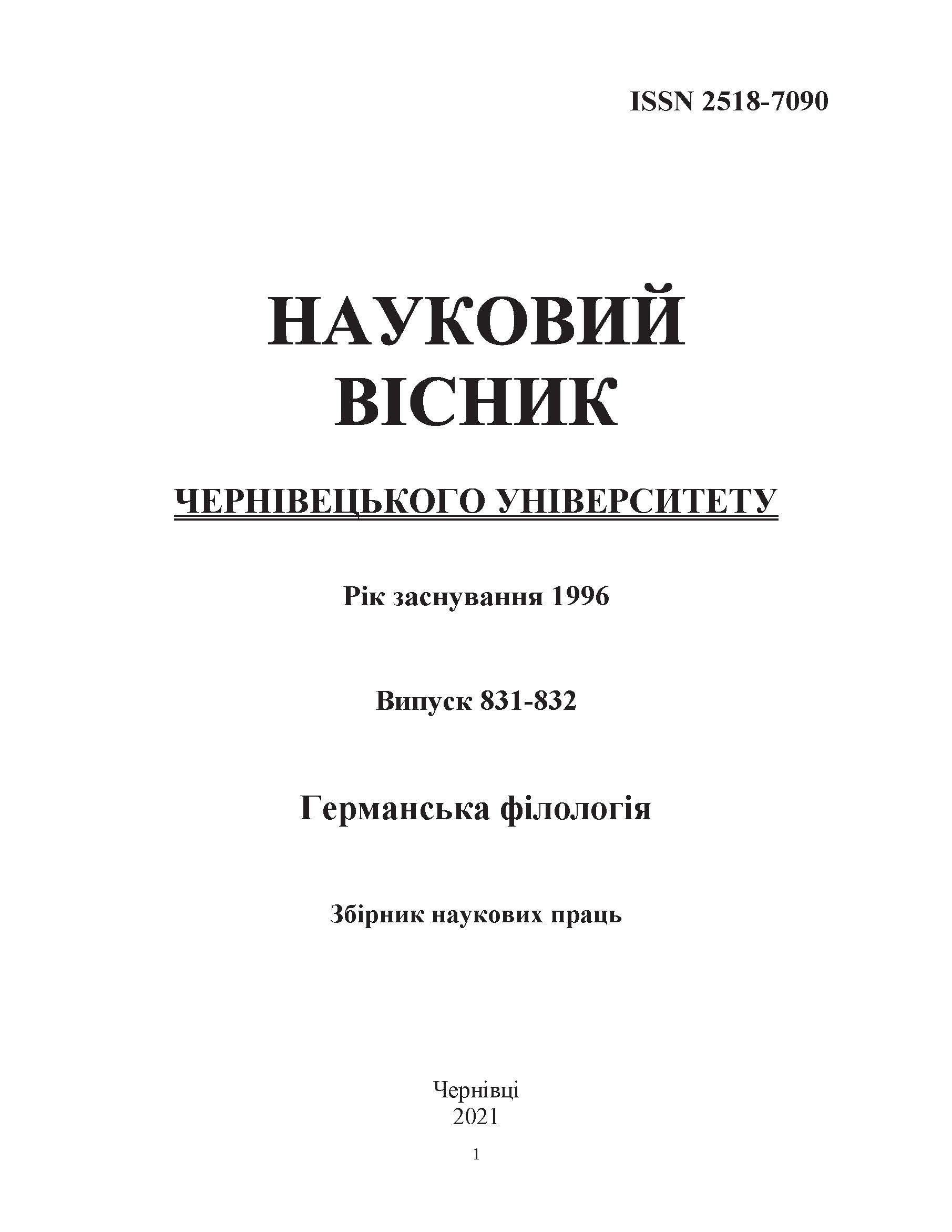СКЛАДНОПІДРЯДНІ РЕЧЕННЯ В ТЕКСТАХ ПОІНФОРМОВАНОЇ ЗГОДИ: СТРУКТУРНО-СЕМАНТИЧНИЙ І КОМУНІКАТИВНО- ДИСКУРСИВНИЙ АСПЕКТИ
DOI:
https://doi.org/10.31861/gph2021.831-832.135-147Ключові слова:
складнопідрядні речення, типи підрядності, поінформована згода на стоматологічне лікування, комунікативні стратегії, комунікативні тактикиАнотація
У роботі представлені результати дослідження структурно-семантичних характеристик складнопідрядних речень та їхньої ролі у втіленні комунікативних стратегій у текстах поінформованої згоди на стоматологічне лікування. Поінформована згода – це документ двосторонньої дії, який надає інформацію про характер медичного втручання, фіксує процес спілкування між лікарем і пацієнтом, результатом якого є зважене рішення останнього погодитися на певне втручання чи відхилити його. Складнопідрядні речення є одними із найуживаніших типів речень досліджуваних текстів. Виявлене широке коло складнопідрядних речень різних формально-граматичних і семантико-синтаксичних типів, але активність використання їх неоднакова. Визначені два найбільш представлених типи підрядних речень: це додаткові та обставинні, зокрема умови, що складають майже однакові частки. Складнопідрядні речення з додатковими підрядними часто містять дієслова зі значенням ментальної дії та волевиявлення в головних частинах і характеризуються семантичною і структурною неповнотою, при цьому підрядна частина є семантичним центром, який розкриває, пояснює чи доповнює зміст головної частини. Цей тип речень слугує одним із засобів реалізації тактики контролю розуміння повідомлення при втіленні регулятивної комунікативної стратегії. Умовні речення, які демонструють відношення причини і наслідку у формі імплікативних суджень, є одним із втілень тактики обґрунтування при реалізації стратегії інформування. Значне залучення пояснювальних конструкцій (конкретизації, опису, доповнення, уточнення) також слугує для втілення комунікативної стратегії інформування. Використання складнопідрядних речень сприяє структуруванню висловлення та привертає увагу адресата до ключових для сприйняття фрагментів тексту. Переважання складнопідрядних речень демонструє взаємодію двох тенденцій: тенденції до компресії інформації, тобто вираження розгалуженої логічної залежності між явищами, процесами, ситуаціями в рамках одного речення, з одного боку, і тенденції до мовної надлишковості, тобто надання додаткової інформації чи дублювання уже раніше зазначеної, з іншого, що, допомагає виділити головне, підкреслити суттєве, і, загалом, є важливою умовою ефективної комунікації.







